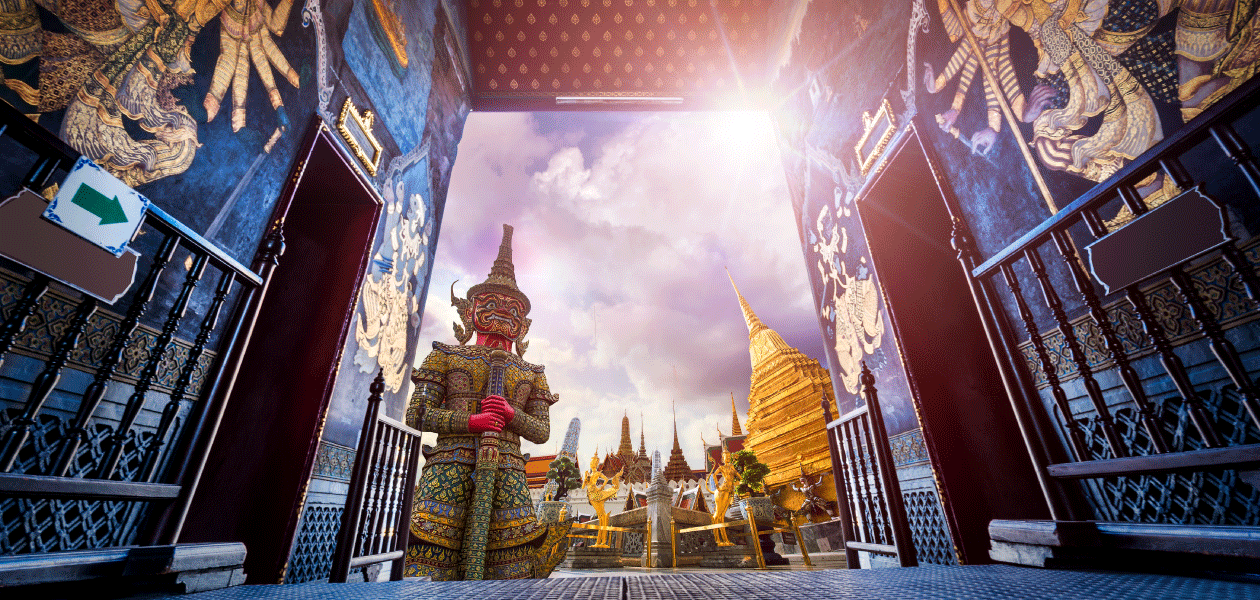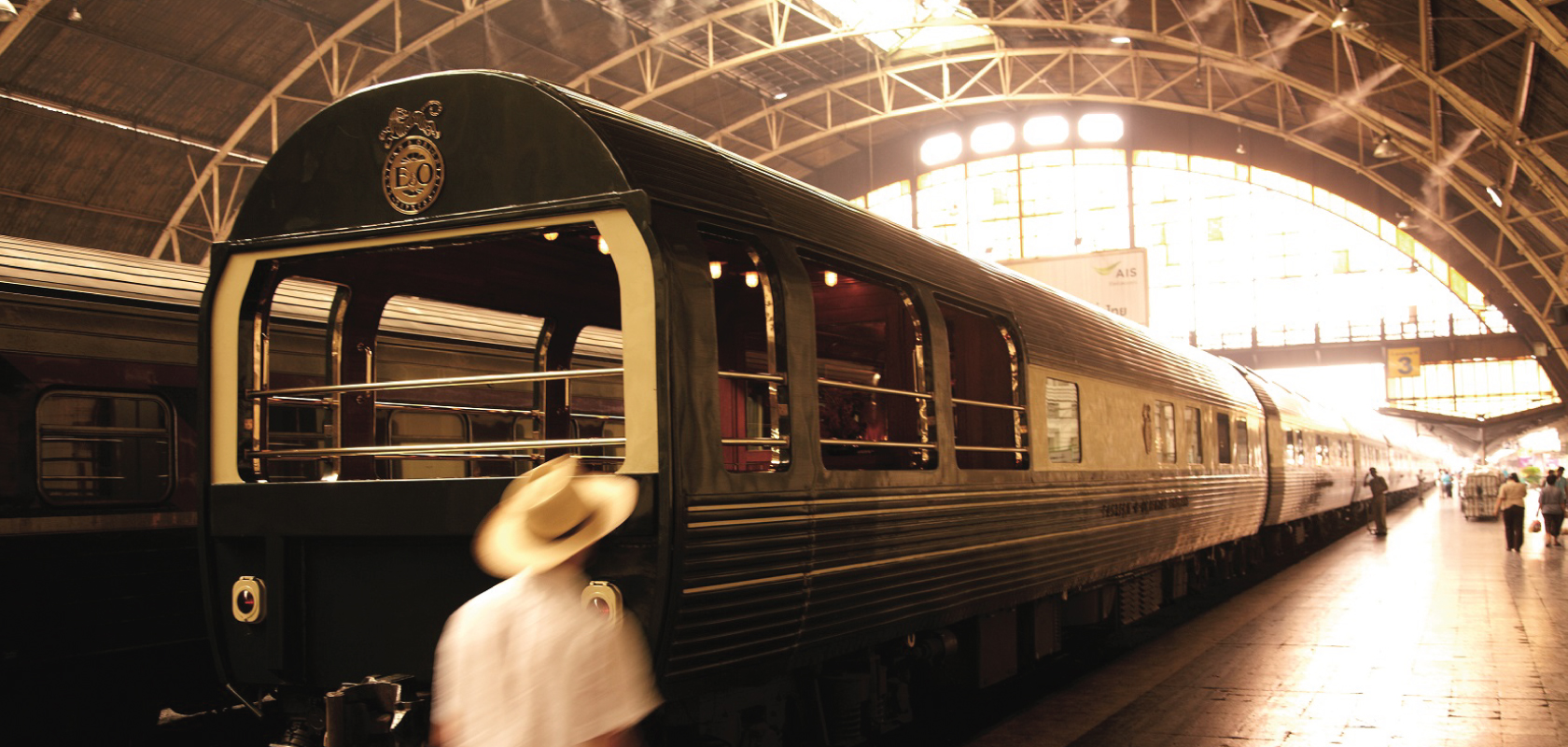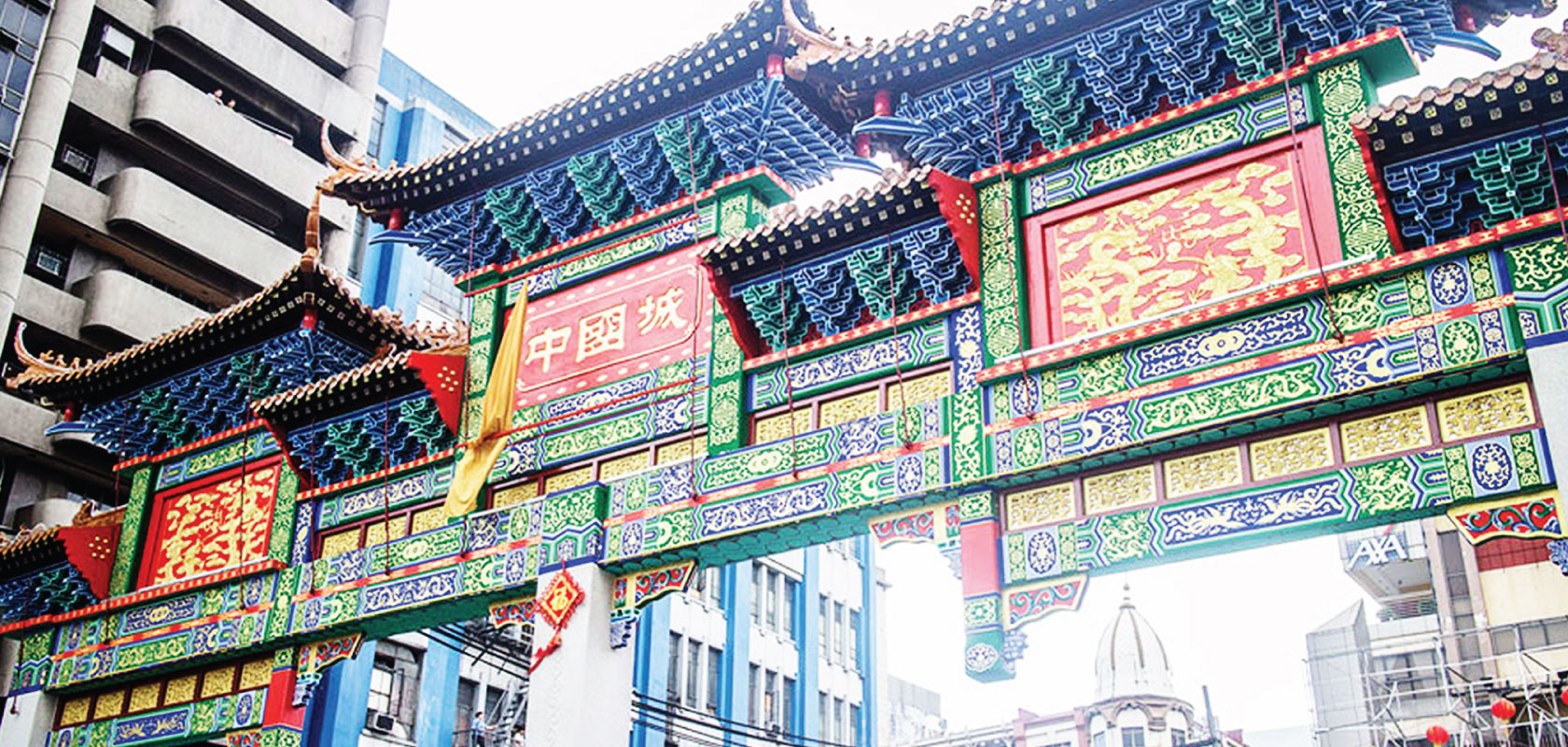Across Southeast Asia, stupas, or pagodas, are a ubiquitous mark of the Buddhist faith and its influence in the region. Stupas take on many shapes and forms, and many names as well, but these unique structures are at the┬ácentre┬áof some of the region’s most notable and distinctive landmarks and sites.
From the Sanskrit word for ‘heap’, these decorative mounds serve as burial markers, housing for religious relics, and objects of worship and devotion.
As the practice of building these structures spread across with the expansion of Buddhism across Southeast Asia, stylistic variations developed in different areas over time making each stupa unique yet still undeniably a symbol of the Buddhist faith.
Wherever you may travel in the region, there’s a strong chance you’ll encounter a notable stupaÔǪor 20!
Chedis in Thailand
Known in Thailand as chedis, Thai stupas are traditionally bell-shaped mounds built of earth and brick. In any temple or monastery, you’re almost certain to find one housing a religious relic which is believed to offer blessings and protection. These stupas are often covered in white plaster, or, at more auspicious temples, even gilded in magnificent gold leaf.
While most stupas are found on sacred grounds, in ancient town┬ácentres, such as Chiang Mai, it’s not uncommon to find a stupa in a parking lot or even next door to a 7-11. TheyÔÇÖre a ubiquitous part of daily life.
For one of the country’s most noteworthy stupas, however, head to central Thailand to pay a visit to Phra Pathom Chedi, which at 417 feet high is the tallest stupa in the world. Located in Nakhon Pathom province, this stupa is said to house some of the Buddha’s original relics.
Explore historic Chiang Mai on the City & Temples Tour or step back in time on the Historic Ayutthaya Highlights experience.
Image below: Wat Phra That Doi Suthep, Chiang Mai
[showimage url1=”https://www.diethelmtravel.com/wp-content/uploads/2019/01/DTY_issue07_Wat-Phra-That-Doi-Suthep-in-Chiang-Mai-Thailand._shutterstock_520769614.gif”]
Pagodas in Myanmar
The ÔÇ£Land of Golden PagodasÔÇØ certainly lives up to its name. Also found mainly in temples, the styles of Myanmar’s stupas reflect the different waves of Hinduism and Buddhism which swept east from India across the region.
No trip to Yangon is complete without a trip to the golden Shwedagon Pagoda, the country’s most sacred monument and a masterful blend of many different styles and building traditions. Of course, the country’s temple fields found in Bagan are an unmissable experience and a testament to the wealth of ancient Burmese kingdoms and the significance of religious devotion.
Experience MyanmarÔÇÖs most famed stupa, the Majestic Shwedagon Pagoda tour or discover the countryÔÇÖs immense diversity on the 16-Day Ancient Myanmar Experience.
Image below:  Shwedagon Pagoda
[showimage url1=”https://www.diethelmtravel.com/wp-content/uploads/2019/01/DTY_issue07_Yangon-Myanmar-view-of-Shwedagon-Pagoda-at-dusk._shutterstock_328520822.gif”]
 
Stupas in Laos
In contrast to the rounded and elongated styles of its neighbours , stupas in Laos represent an entirely different school of design. Lao stupas are more often stepped, angular structures, though also built of brick and plaster or covered in gold.
Vientiane’s Pha That Luang stupa is a fine example of this style and the most significant Buddhist monument in the country. Covered in gold leaf and decorated in traditional motifs, it is also considered a national symbol of Laos. In Luang Prabang, however, the so-called “watermelon stupa” is blended with an entirely different style that harks back to the earlier Sinhalese stupas. One example in the UNSECO-listed town, known as That Pathum at Wat Wisunalat, is aged and shows the wear and weather of years, but is no less beautiful for it.
Explore the stupas of Laos on the 7-Day Mountain Spirit Experience.
Image below: Pha That Luang, Vientiane
[showimage url1=”https://www.diethelmtravel.com/wp-content/uploads/2019/01/DTY_issue07_Pha-That-Luang-Vientiane-Laos_shutterstock_148788863_V2.gif”]
Chedeys in Cambodia
ItÔÇÖs no secret that the Khmer people of Cambodia have a long history of building temples.┬áDuring the days of Angkor, the official religion alternated between Hinduism and Mahayana Buddhism.┬áIn the 13th century, the Theravada Buddhist tradition became the dominant religion, which also led to the construction of chedeys.
Not all the pagoda-like structures you find at Angkorian temples are considered┬áchedeys. For example, the various templesÔÇÖ traditional towers, such as the stunning Banteay Srei, are of direct descendants of Hindu temples, although with a distinct Khmer flair for design. Since these towers act as temples that one can physically pass through, they are not┬áchedeys, which people cannot enter as they hold the remains of respected figures or Buddha relics.
True Cambodian┬áchedeys , particularly from the 17th – 19th centuries, are very similar to those found in Thailand. They are much like the Thai bell-shaped chedis but are somewhat elongated, such as the royal stupas at Oudong, to the north of Phnom Penh.┬áThe Ang Duong┬áChedey, which holds the remains of King Ang Duong, was built in 1859 and typifies the Khmer style of stupas.
Contact our team here to arrange the 10-Day Feel & Ride Cambodia tour to witness one of the greatest stupas in Southeast Asia.
Image below: Silver Pagoda, Phnom Penh
Travelling┬áacross Southeast Asia, you’re sure to encounter similarities and surprising differences that speak to the region’s history and the way cultural diffusion has progressed. The Buddhist stupas are just one such example, each a symbol and a┬ámarker, not just of Buddhism, but of the area’s very own identity.
Contact our team here to arrange tours to witness one of the greatest stupas in Southeast Asia.
[showimage url1=”https://dth-dev.stagingurls.com/wp-content/uploads/2019/01/Silver-Pagda-01.jpg”]


